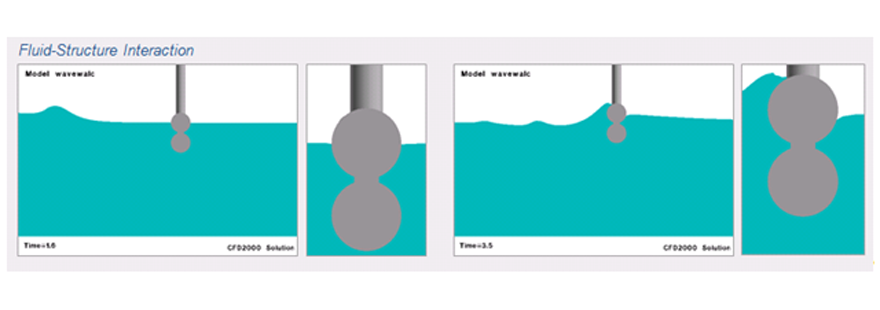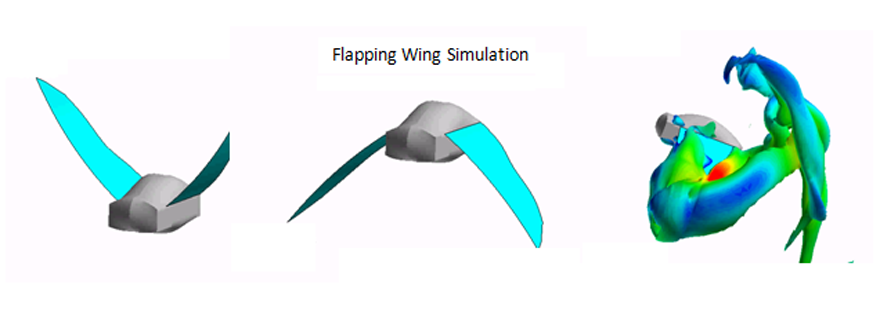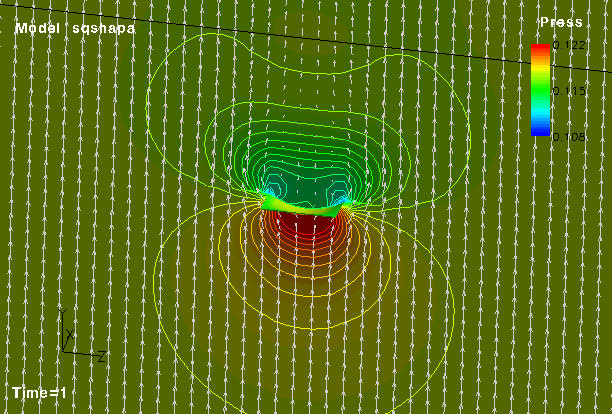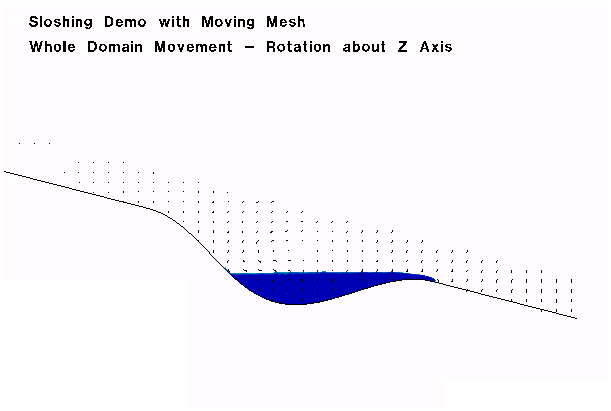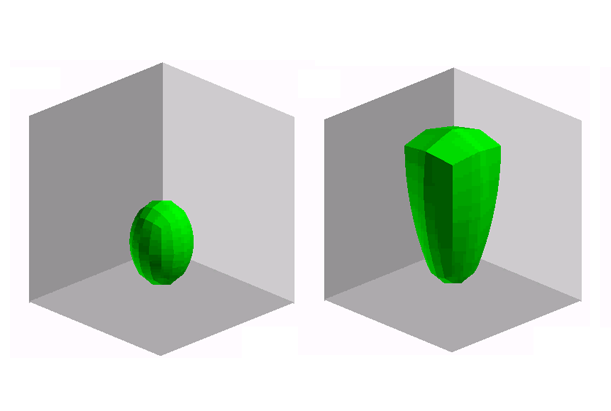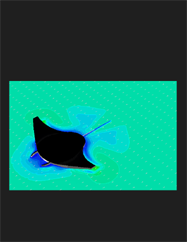A D V A N C E D C O M P U T E R - A I D E D E N G I N E E R I N G S O L U T I O N S
H A V E a Q U E S T I O N ?
I N F O R M A T I O N R E Q U E S T
Fill out the following form to request additional information on the capabilities of CAESIM
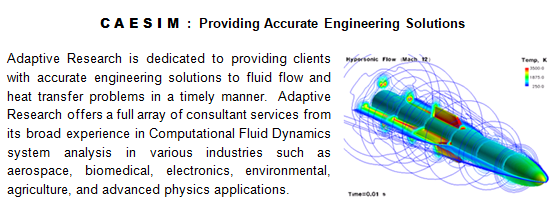
E X P L O R E U N L I M I T E D S I M U L A T I O N P O S S I B I L I T I E S !
C O M P U T E R - A I D E D E N G I N E E R I N G S I M U L A T IO N P L A T F O R M
F L U I D F L O W, H E A T T R A N S F E R, A N D M U L T I - P H Y S I C S
Motion & Fluid-Structure Interaction
There are many engineering problems that involve interaction between fluid and solid bodies. Such problems typically involve flows around moving objects/boundaries. Industrial examples of these flows include flows in pipes with moving valves, flows in combustion chambers with moving pistons, the classical store separation problem, and many others. The rigid-body FSI capabilities, combined with the moving mesh functionality, allow for the simulation of movement via translation and/or rotation.
CAESIM simulates problems in which a body can move via translation, rotation, or simultaneous rotation and translation. There are many problems in CFD that involve interaction between fluid and solid bodies. Such problems typically involve flows around moving objects/boundaries. Industrial examples of these flows include flows in pipes with moving valves, flows in combustion chambers with moving pistons, the classical store separation problem, and many others.
Fluid-Structure Interaction (FSI) and Motion Applications
Translating/Rotating Bodies
The moving mesh capabilities in CAESIM allow for the simulation of problems in which a body can move via translation, rotation, or simultaneous rotation and translation. Customized motion can also be prescribed.

Fluid-Struture Interaction
CAESIM is used to study fluid-structure interactions during the transient opening phase of a pressure valve. The simulations provide detailed information on the transient pressure and velocity fields during the opening and fully-open phases.
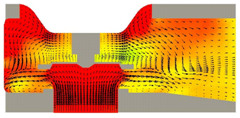
Advanced Applications
CAESIM simulations provide a non-invasive tool to assess catheter placement in the central venous system. Simulations of blood flow around the catheter can be used to predict pressure and viscous forces acting on the device. This information is critical to evaluate catheter displacements inside the vein.

FSI and Motion Simulations
Additional Information
© 2024 Adaptive Research. All rights reserved.



